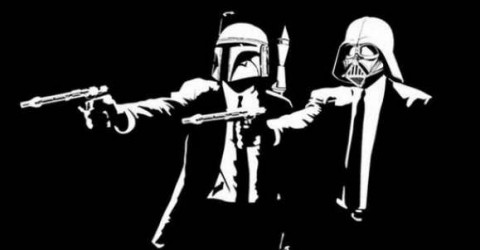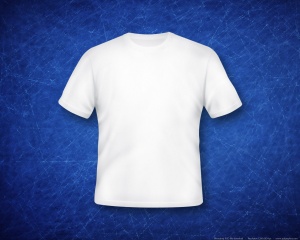Rarely do I get much enjoyment from mandatory college course modules, such is the disdain of trolling through Materials Processing and the inevitability of getting lost amongst the mish-mash of Technological Mathematics. However, this semester has offered a respite, Contemporary Design Culture to be exact. The reason I am developing a slight fondness for the module is that the students aren’t molly-coddled into a vague sense of passiveness, but are rather engaged thoroughly throughout the class.For instance, we are straight up asked simple questions. “What makes a good design?”, “What does a product designer do?” and “What is product design?“. Easy enough, right? It was very intiguing to see how little light was shed on these questions by the very students participating in the course. The last question garnered particularly blank stares from all, myself included, but I guess starting from scratch is all part of the learning curve. A statement is put forward, and the few who are brave enough share their views and encourage discussion. That’s what I like about this module, it’s direct. Us students are invoked into the arguement, the situations, the designs, the briefs and the beliefs. We are involved. We are beginning to think.
The part I enjoyed most however was the debate. Is product design art or engineering? Either, or. No middle ground. Persuasive arguements about aesthetics, style and fashion managed to sway opinions towards art, while discussions of function, performance and consistency pulled it back in engineering’s favour. I felt it was a good move on the part of the lecturer to get us up off our arses and get involved in the process, to open us up and have us thinking.
As regards the videos played on-screen, there were a few interesting observations for me. Designer Yves Behar of Switzerland talked of adding value to objects. “It is the value and experience that we put into the products that truly create the greater value. The value we bring can be about environmental issues, sustainability, low power consumption, function, beauty and business strategy“. I admire his views that a product becomes so much more when a thought process is put behind it. Long-lasting, functional products that don’t damage our world are the kind of product that are a neccesary in our lives.
Harvey Moscot also highlights quite brilliantly that the greatest products are the ones nobody thinks about. The ideas that have been there through the years, the ones that are ever-present in society such as varifocal glasses, the blazer and the t-shirt. Simplistic, original and timeless, these are the kinds of ideas we, as designers, should aspire to envisage.


